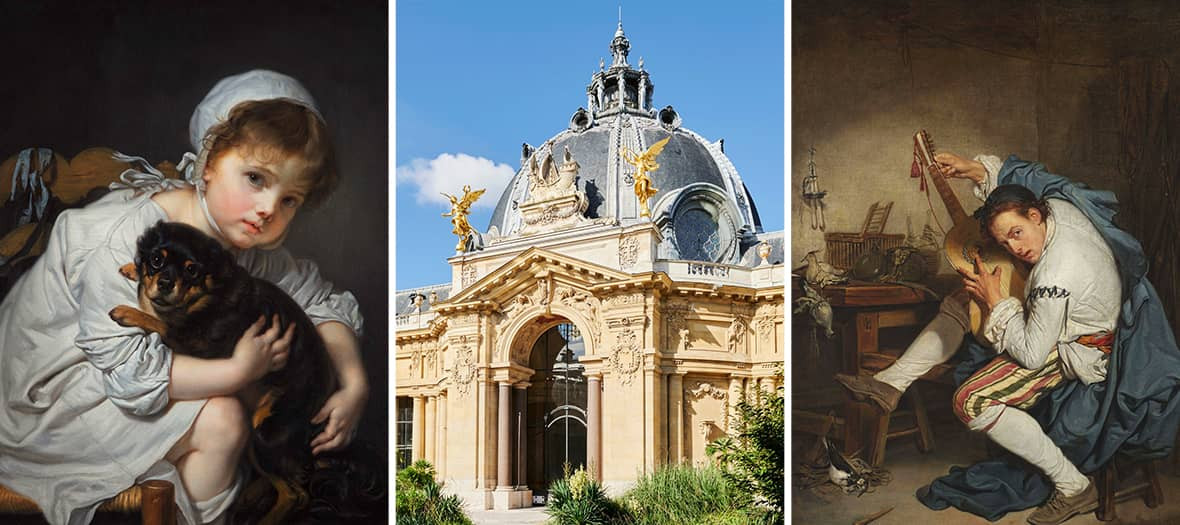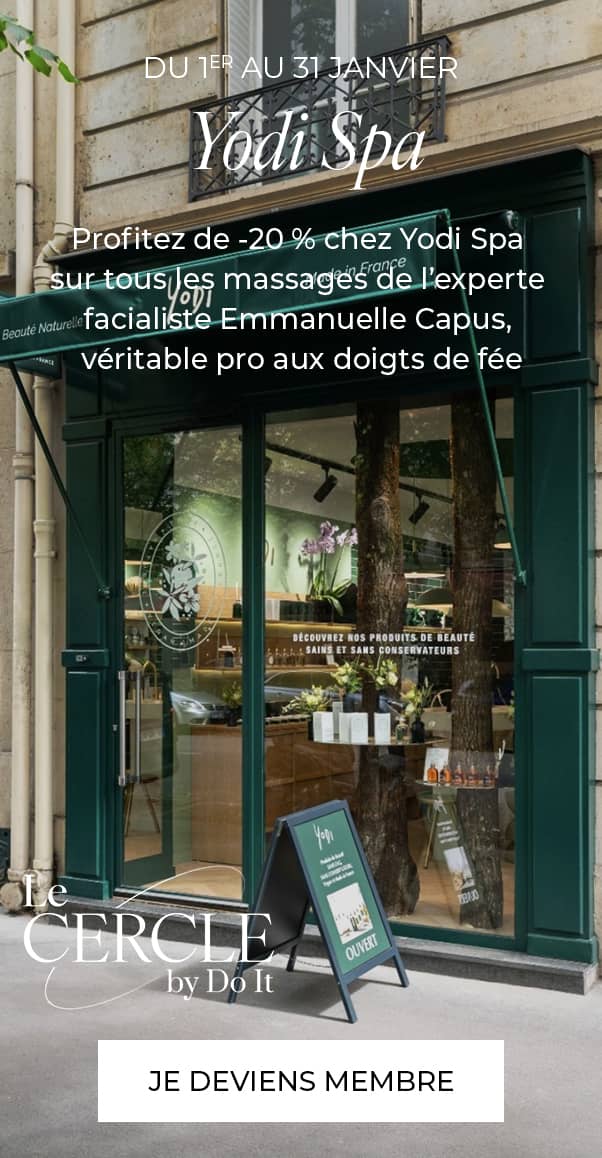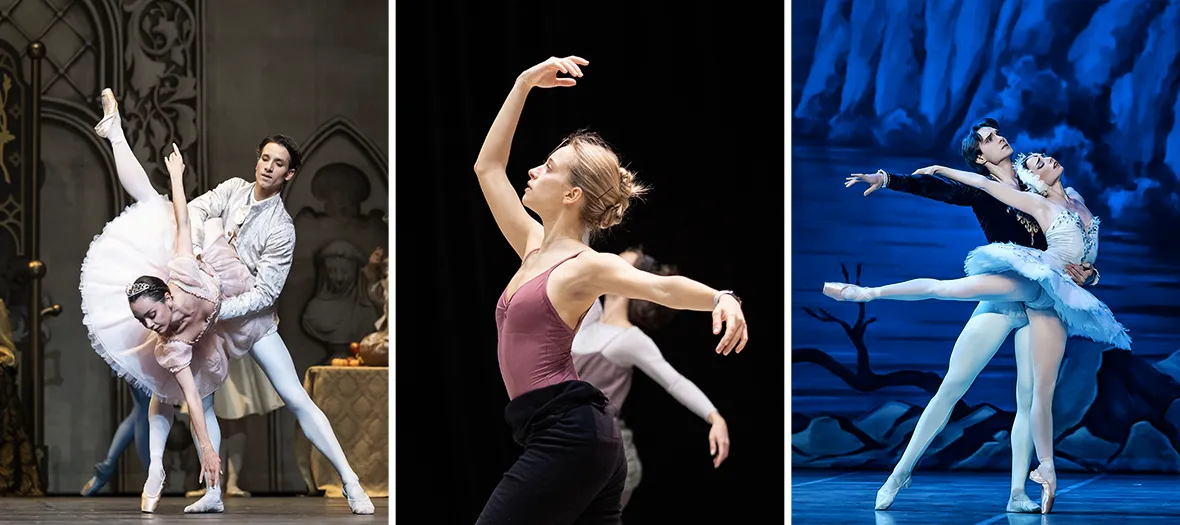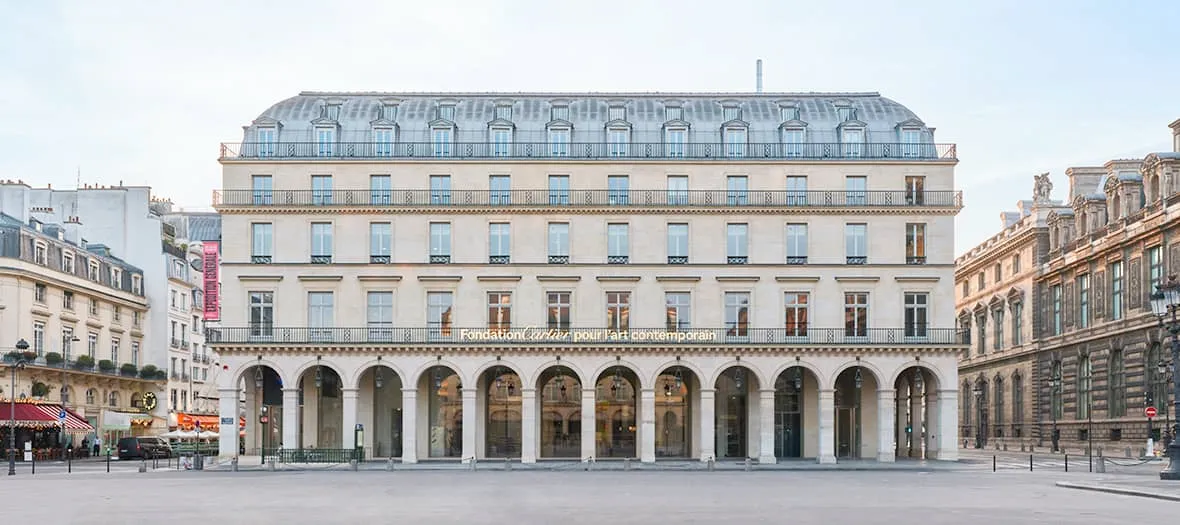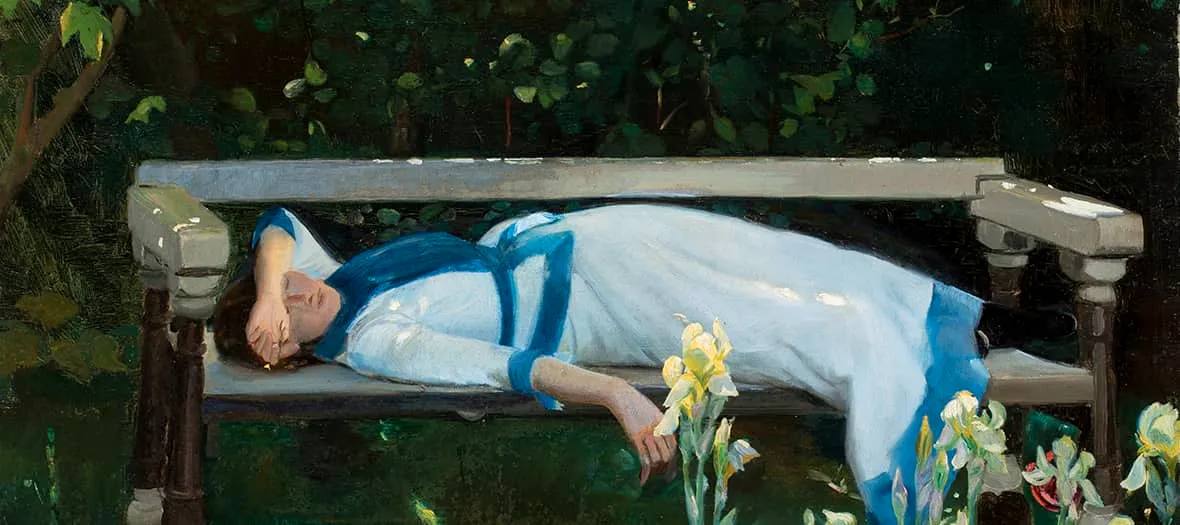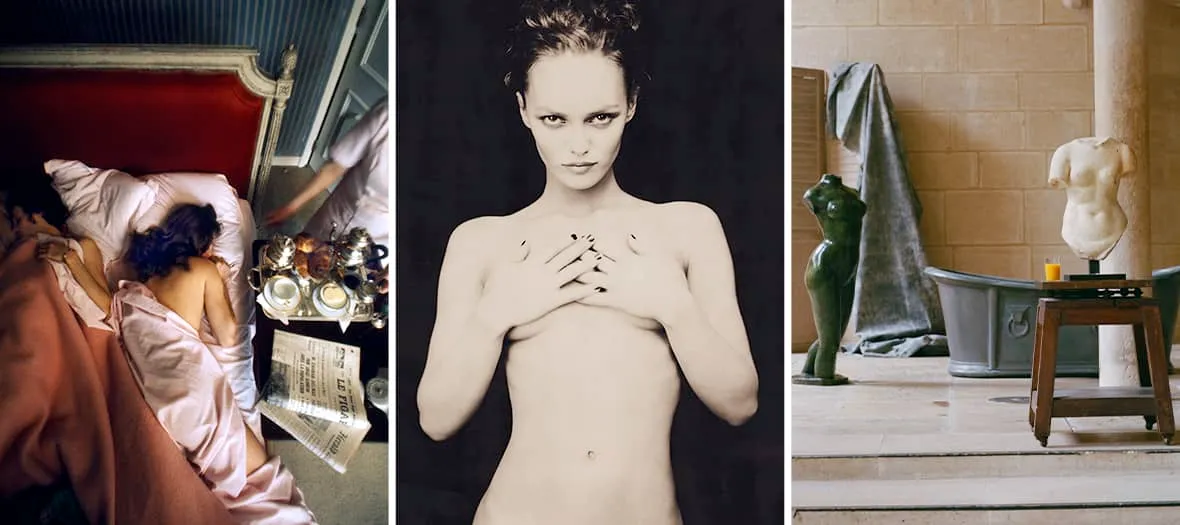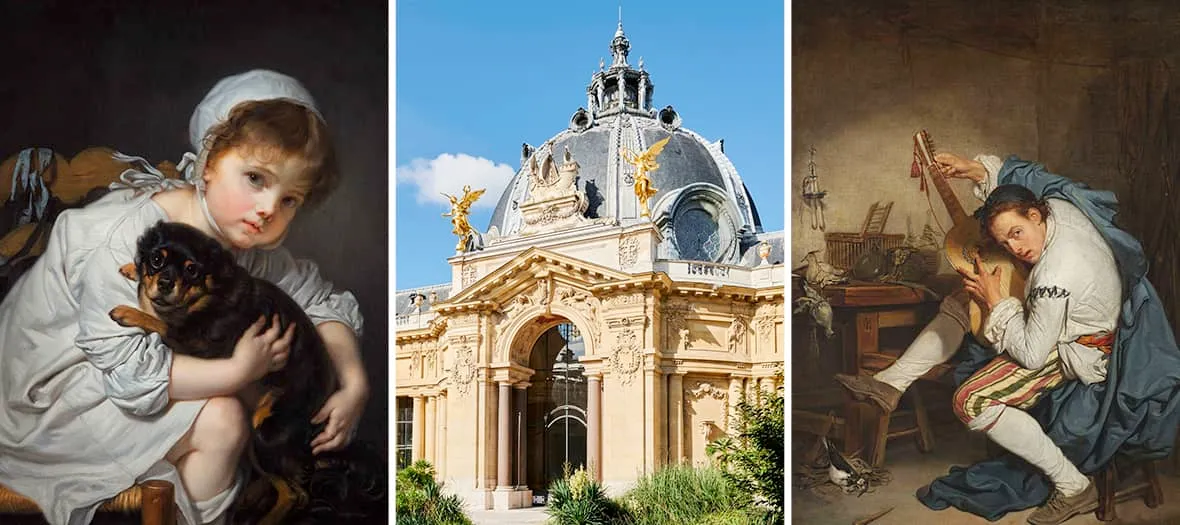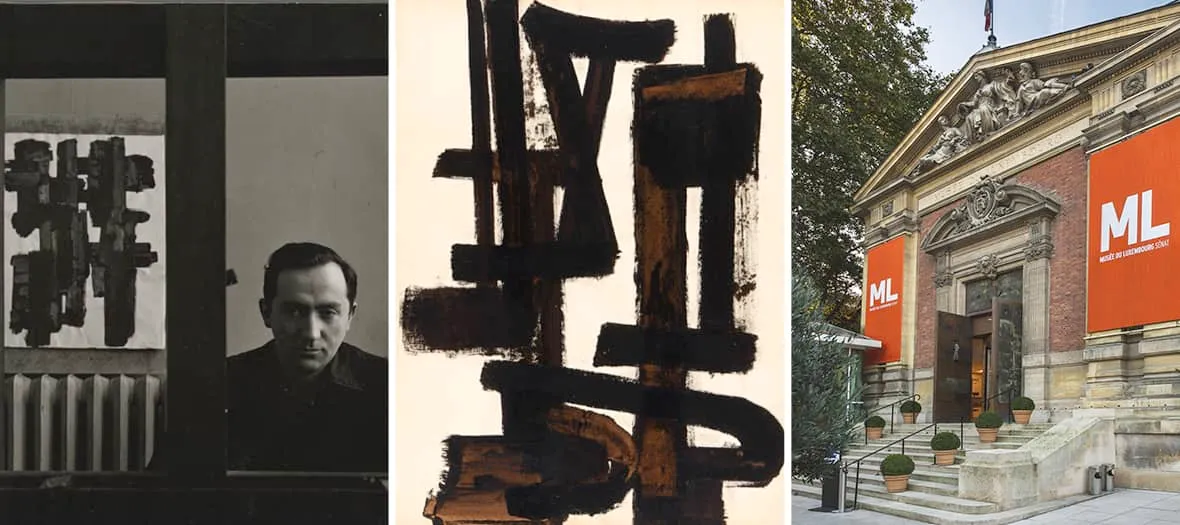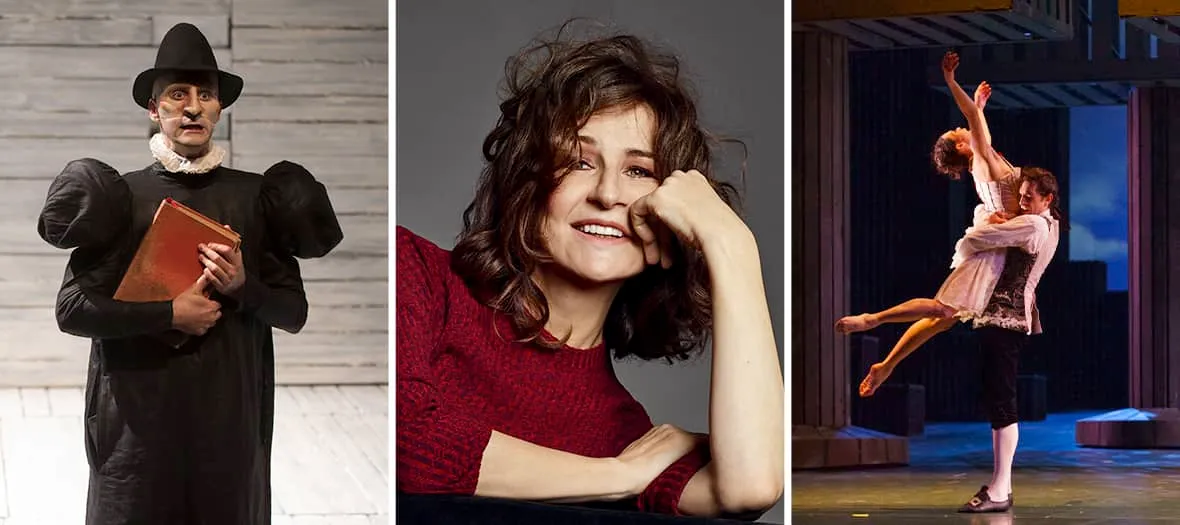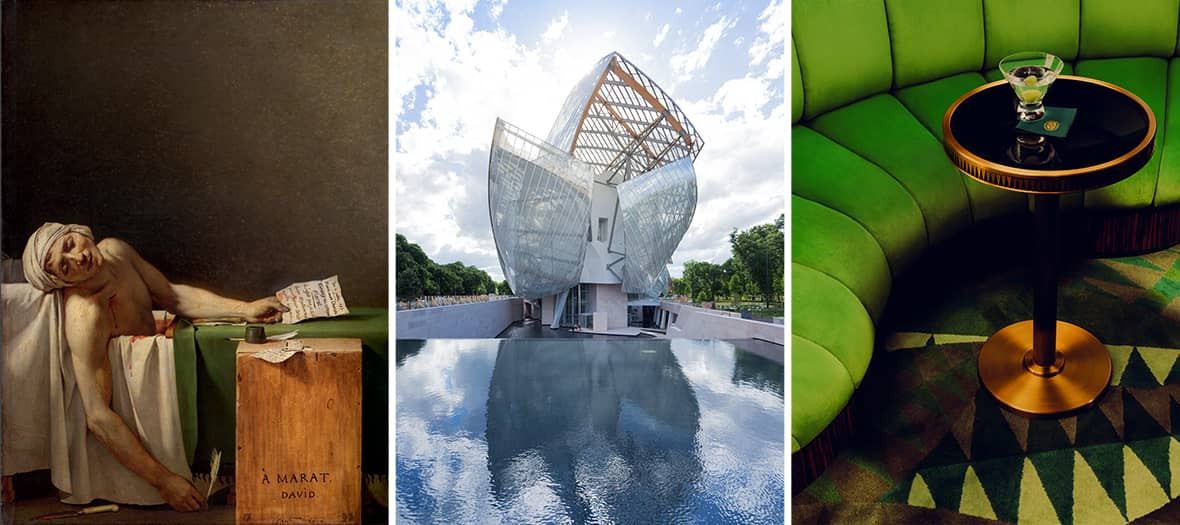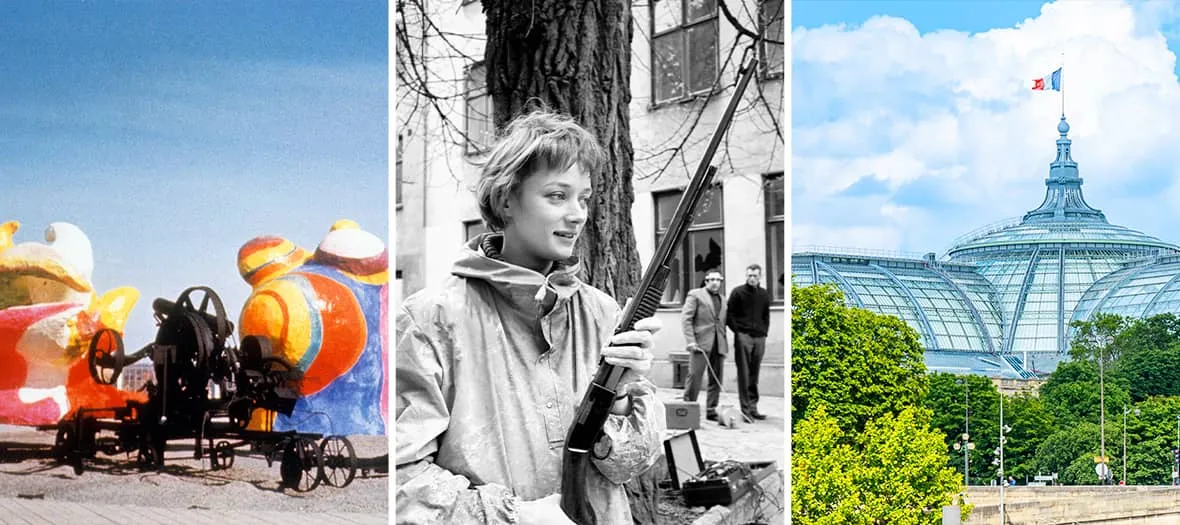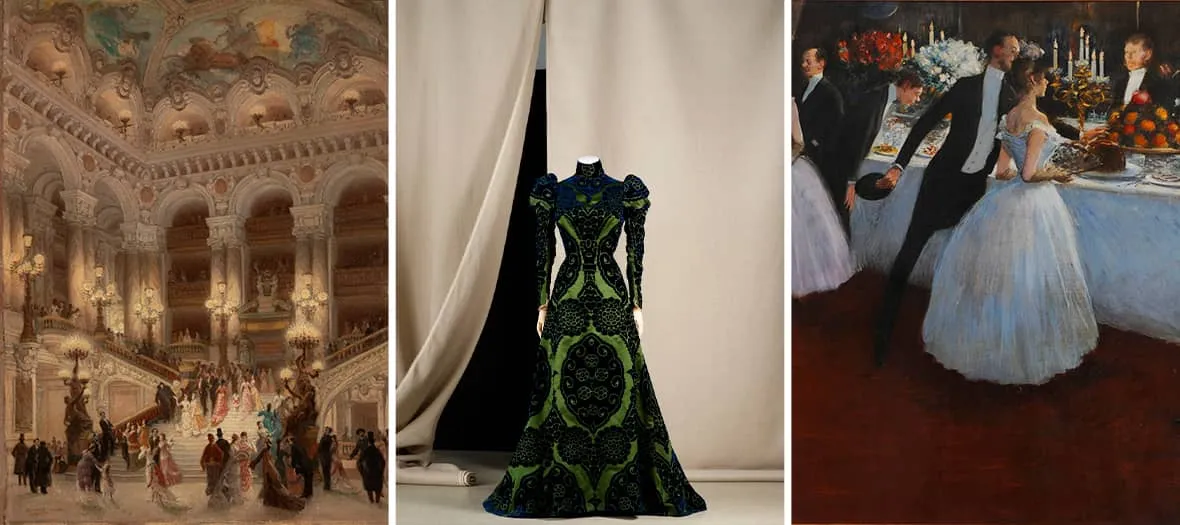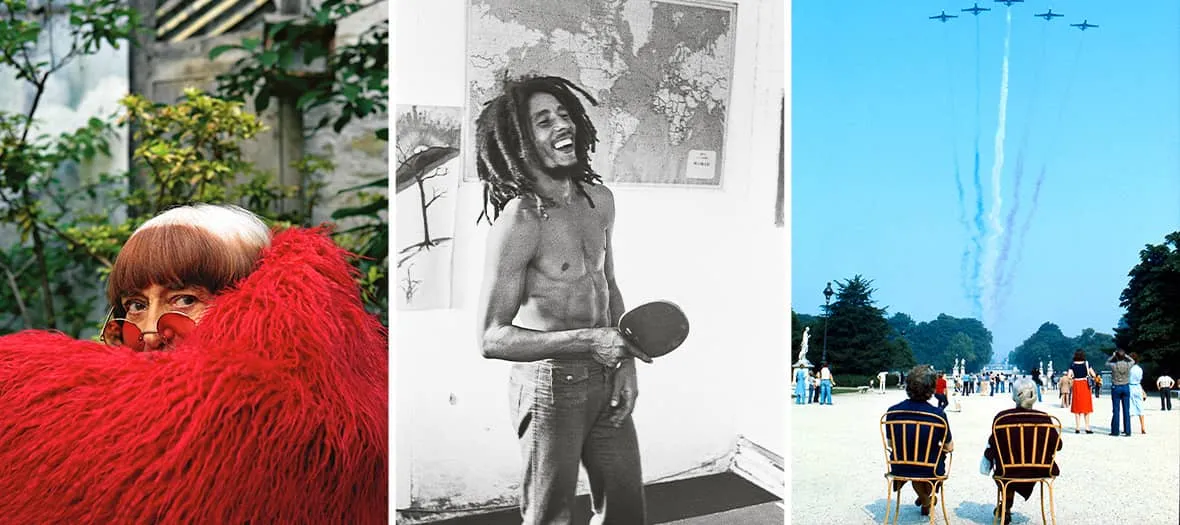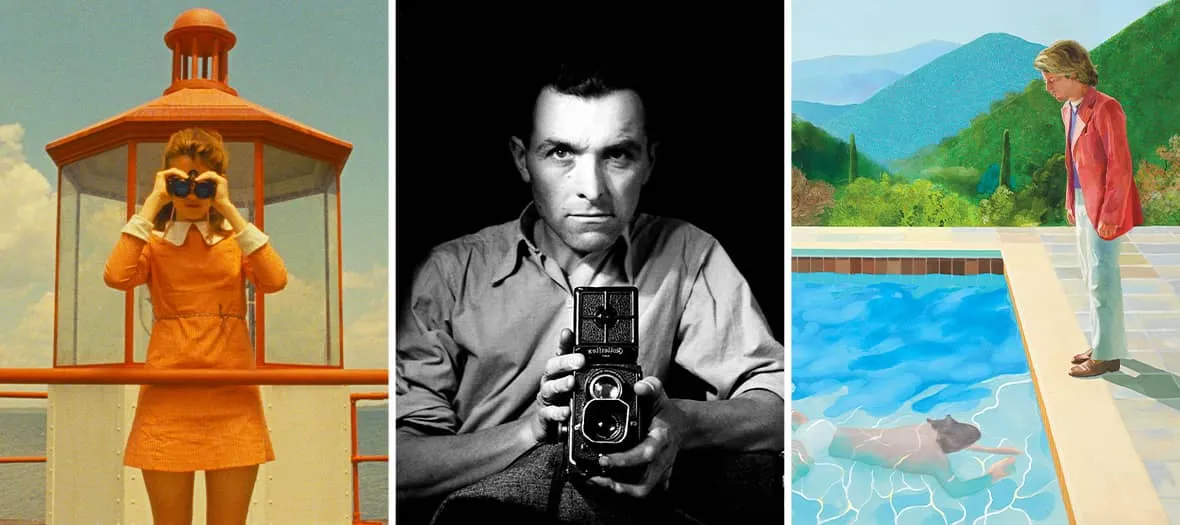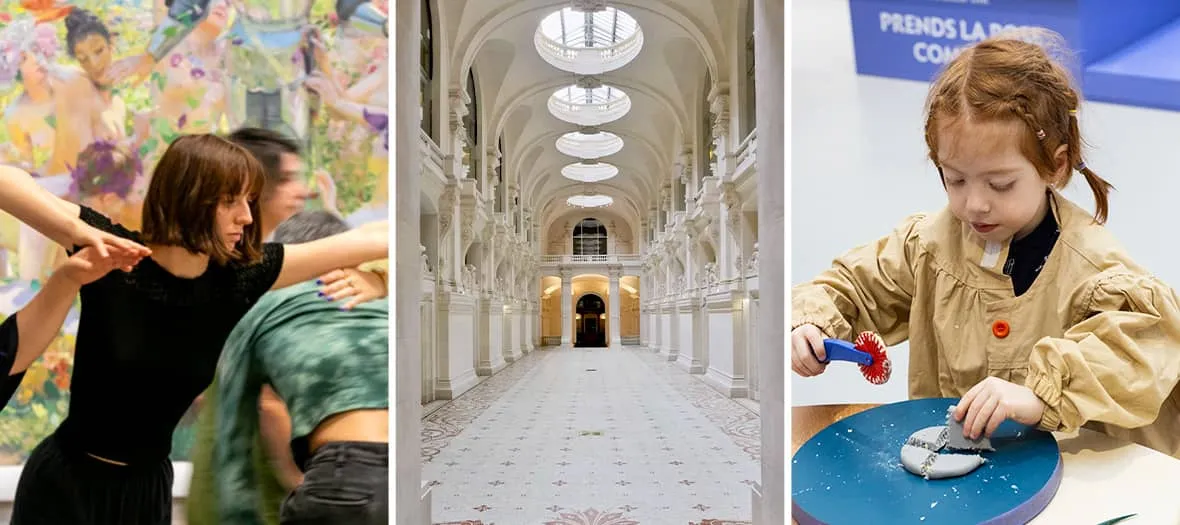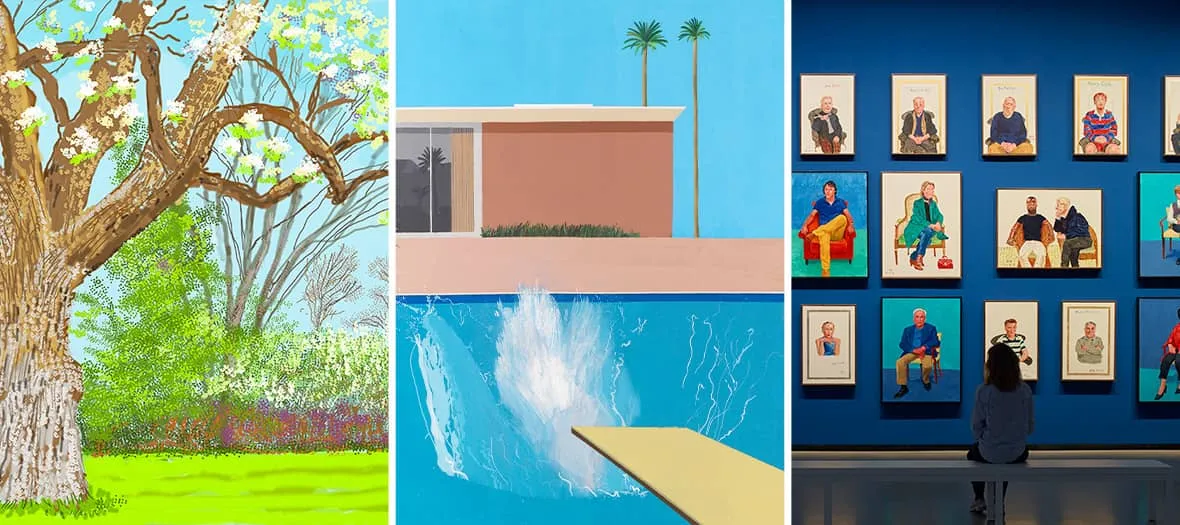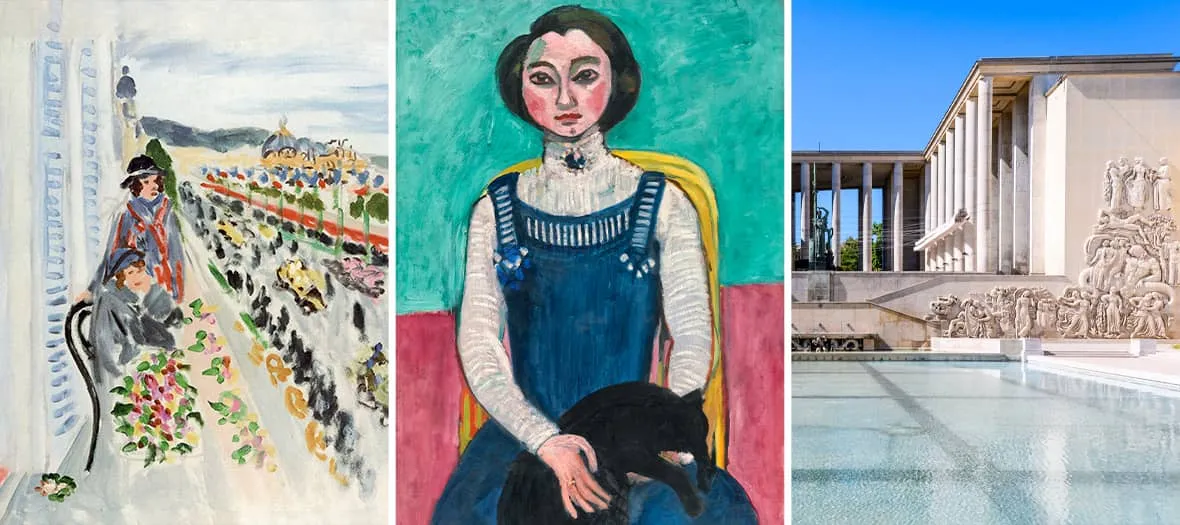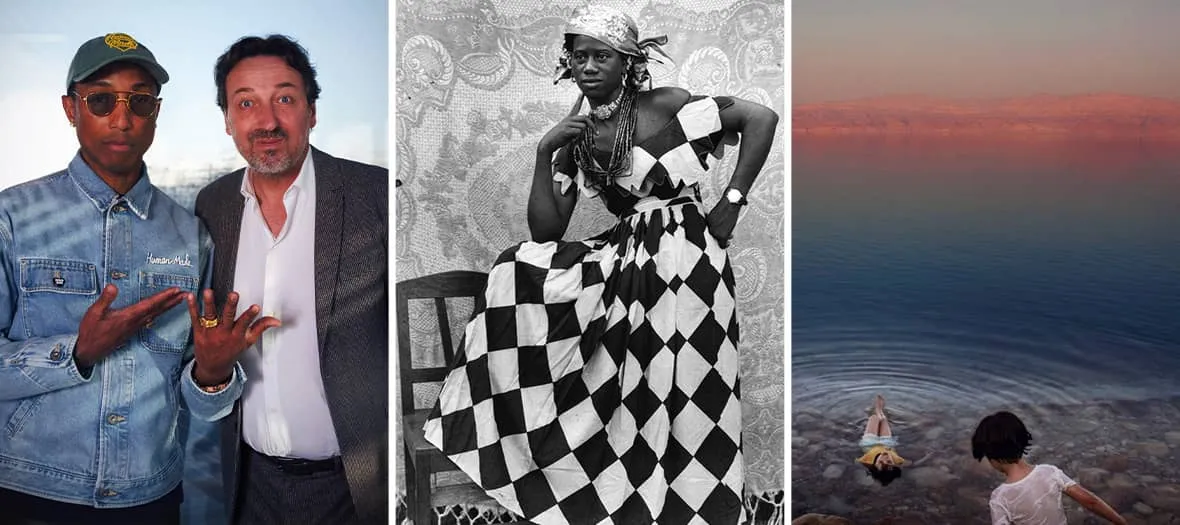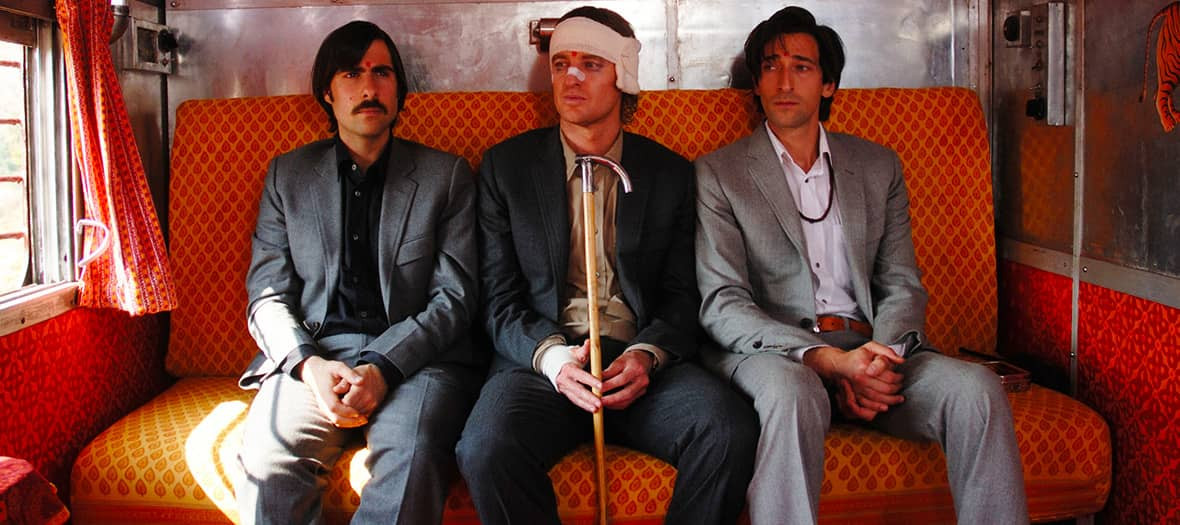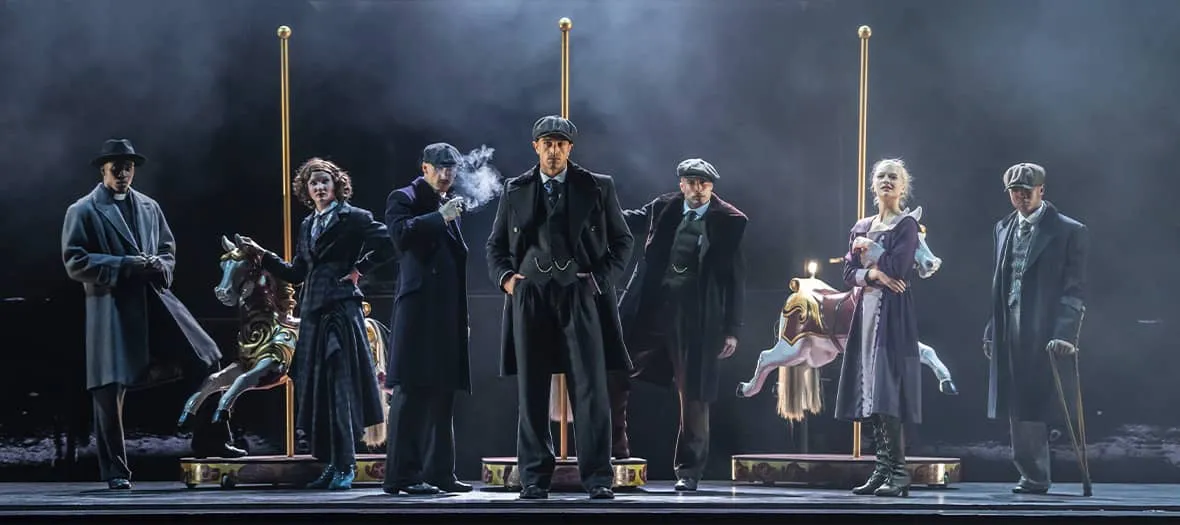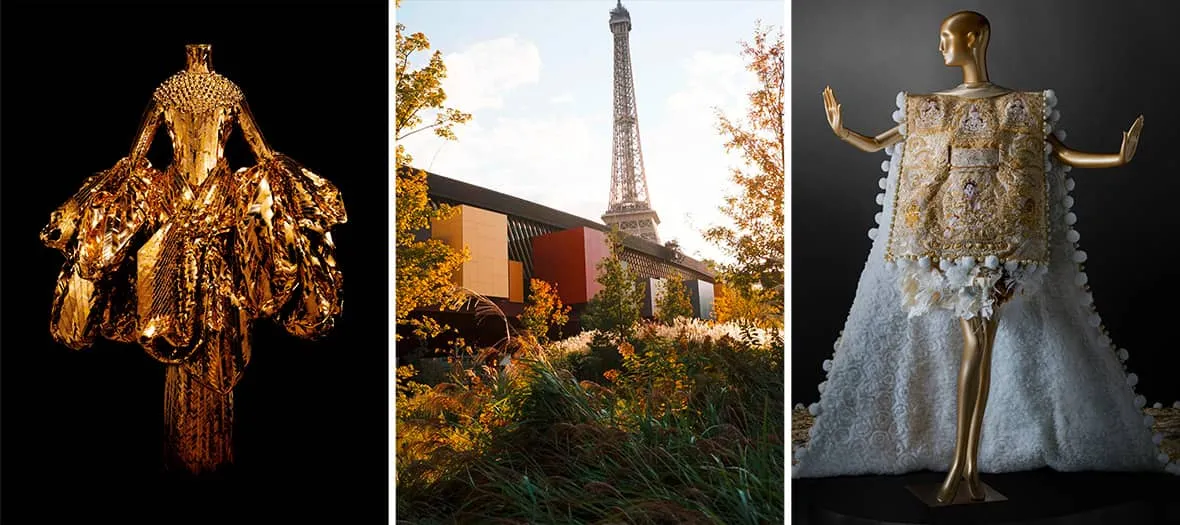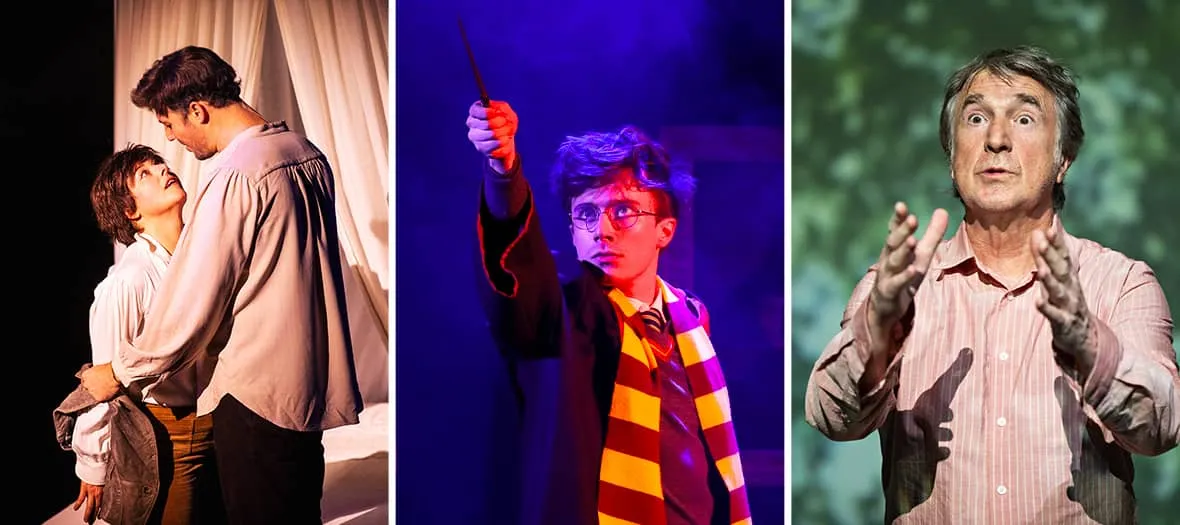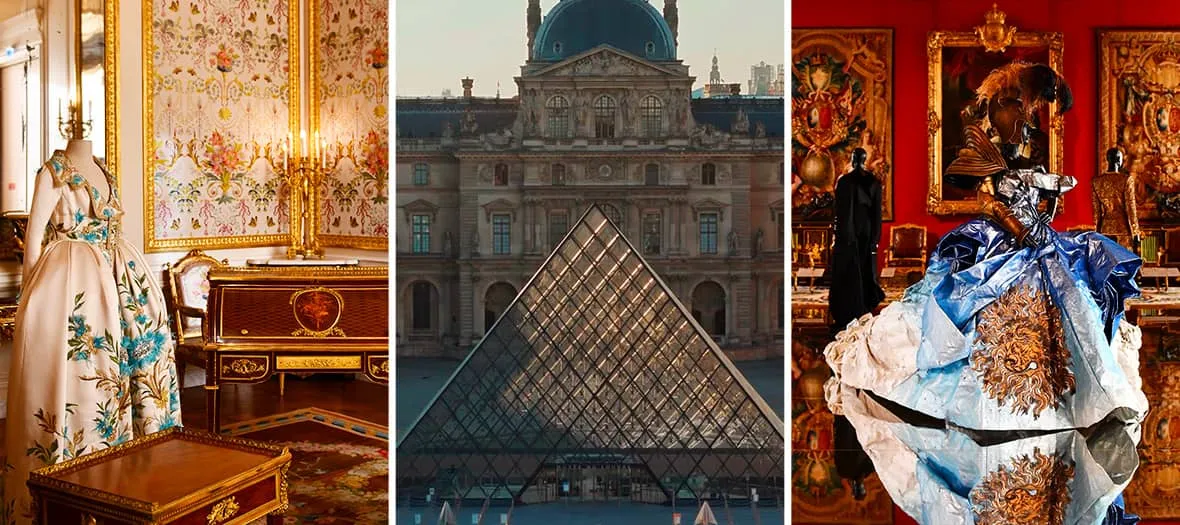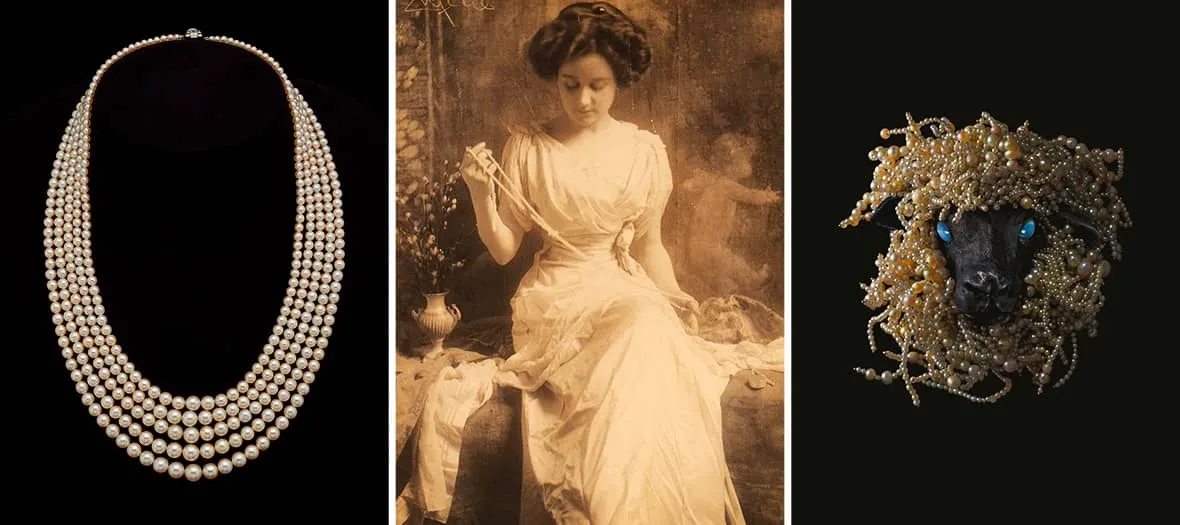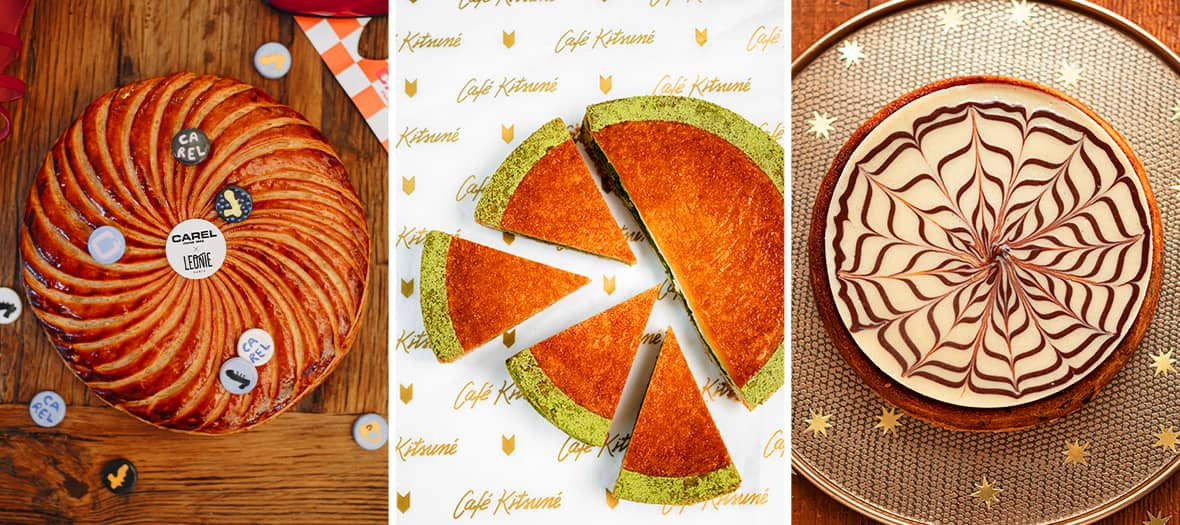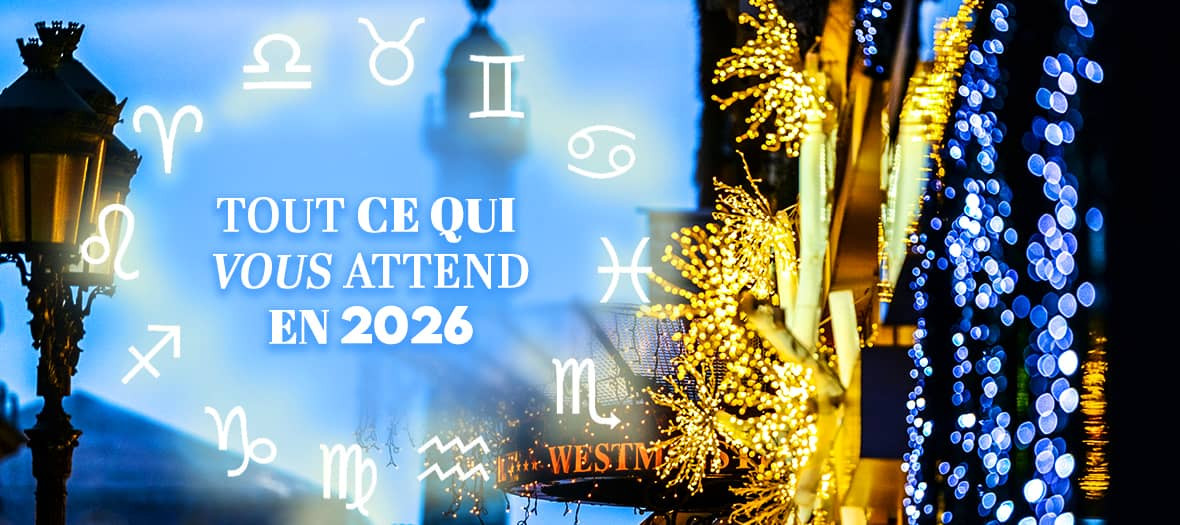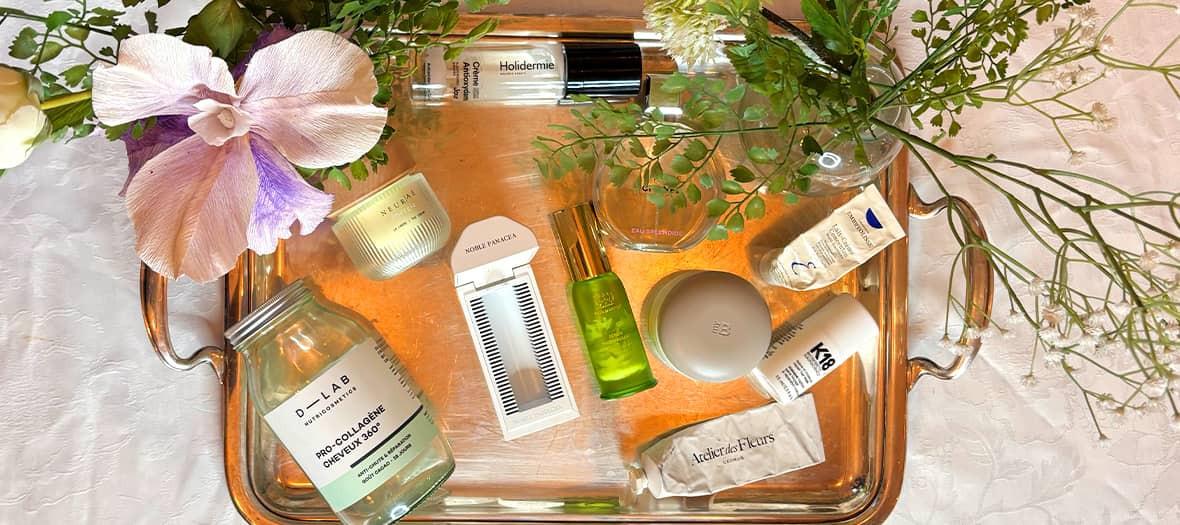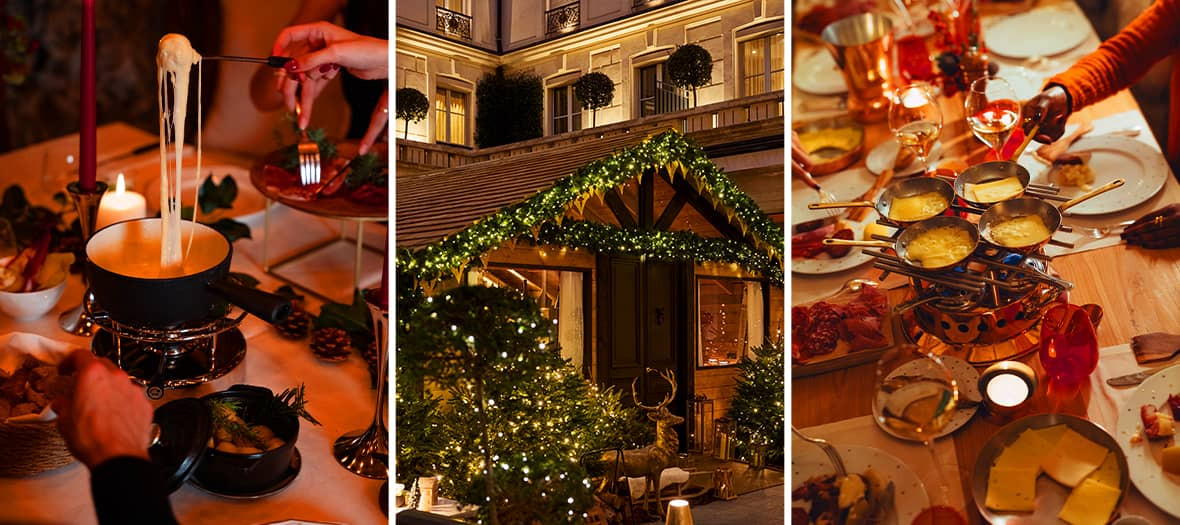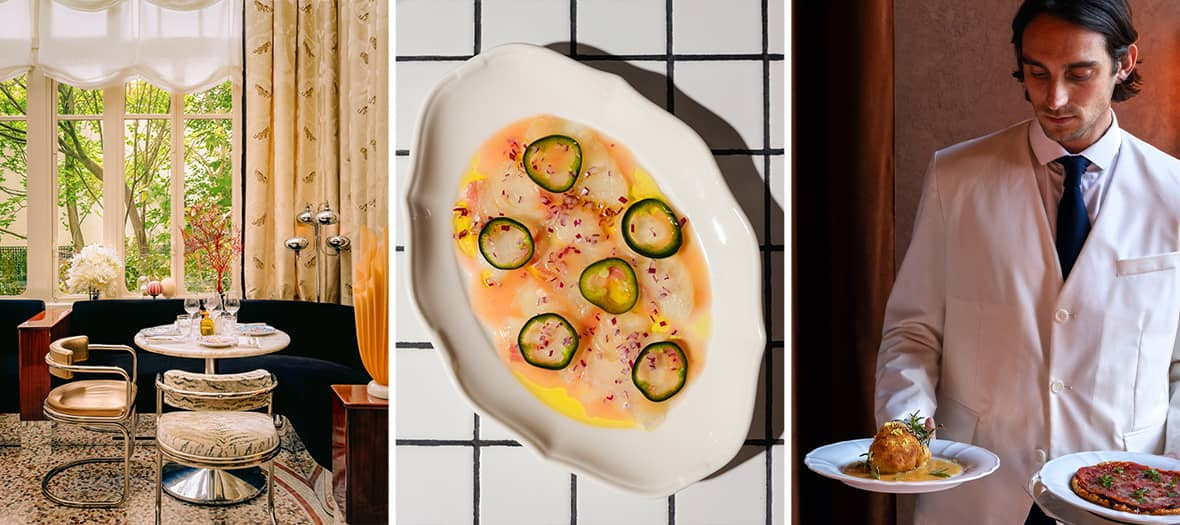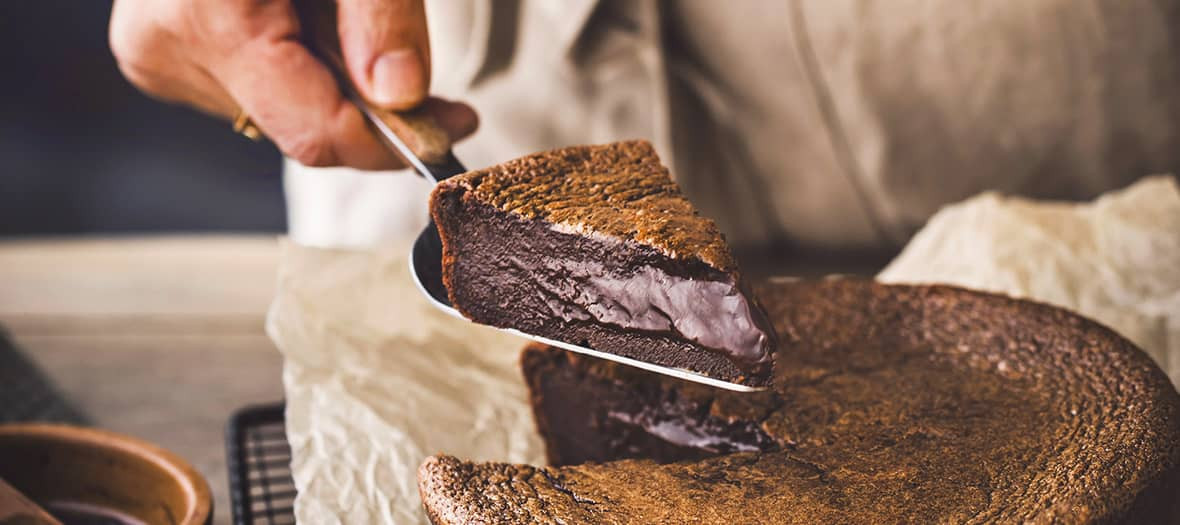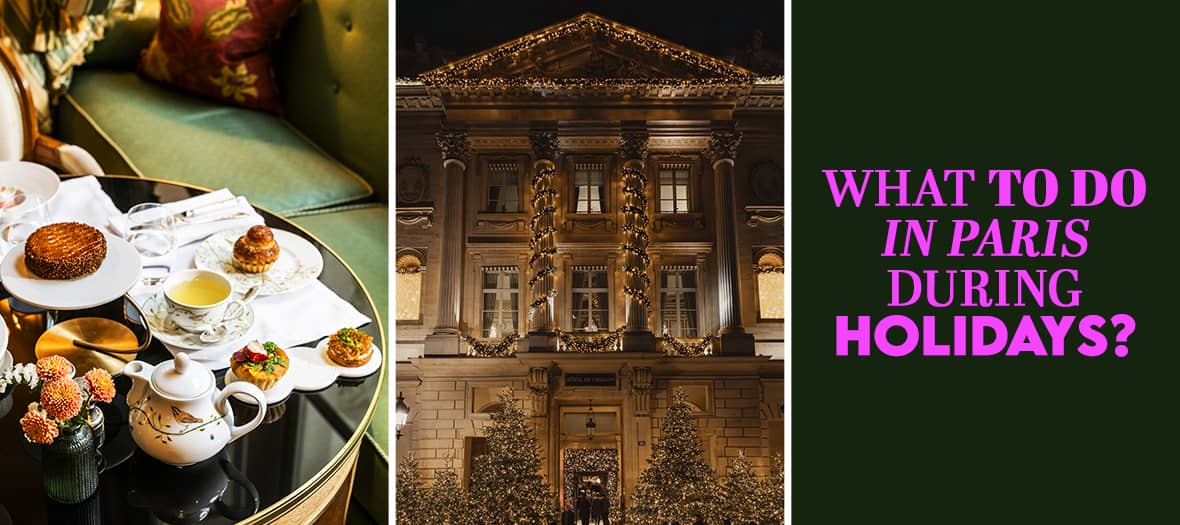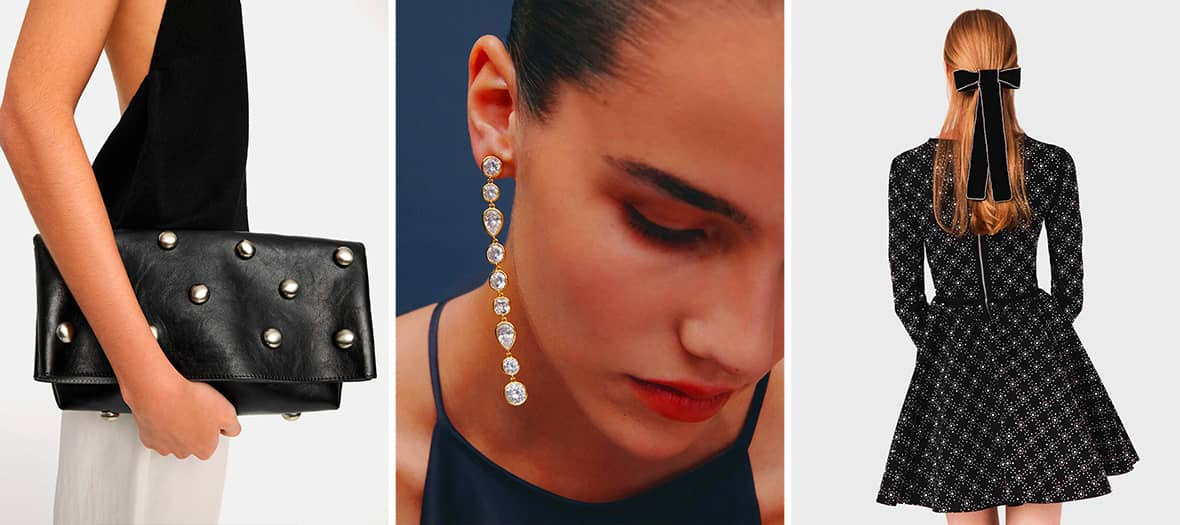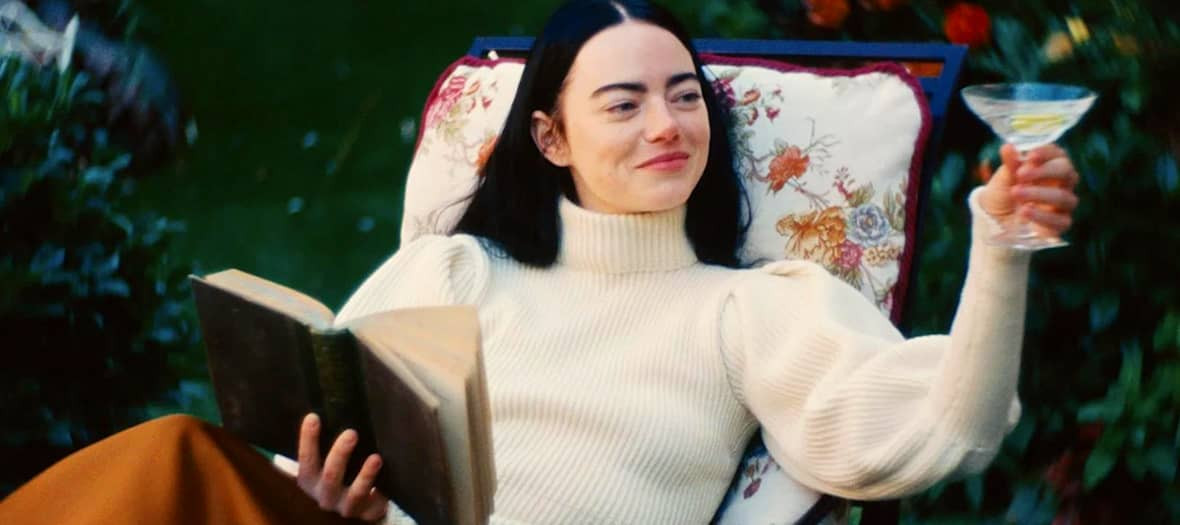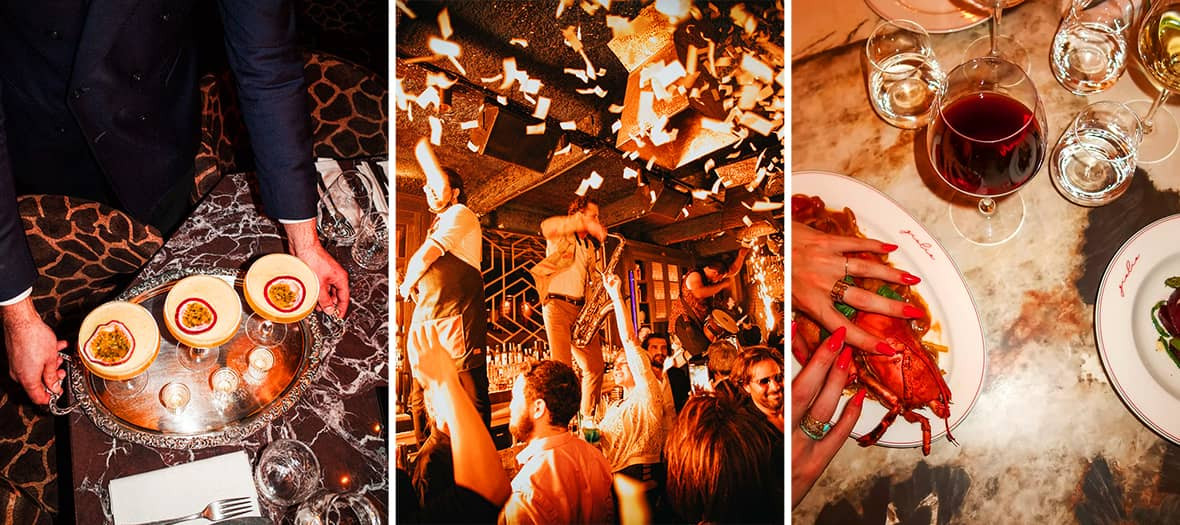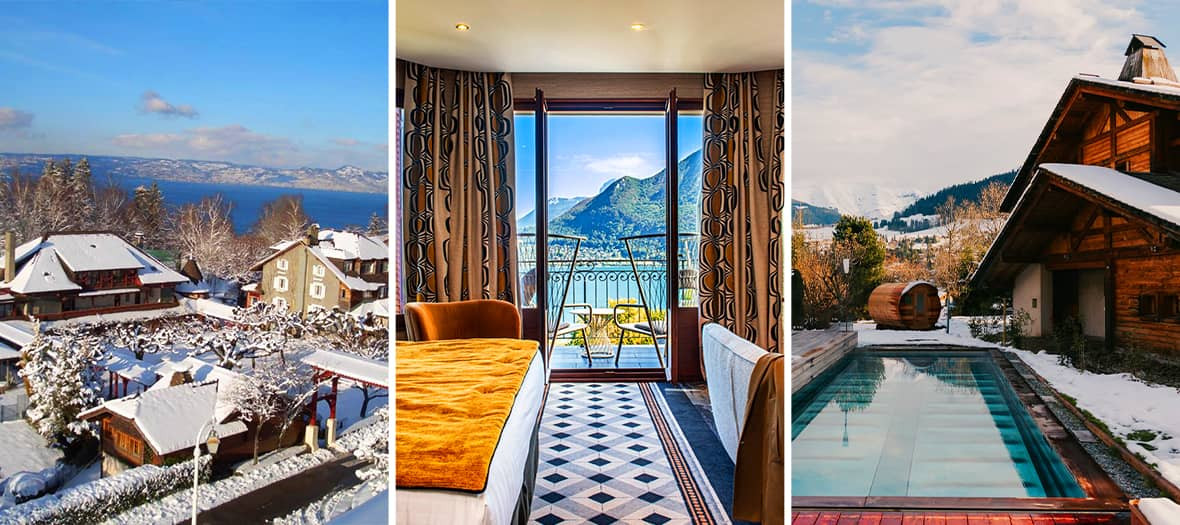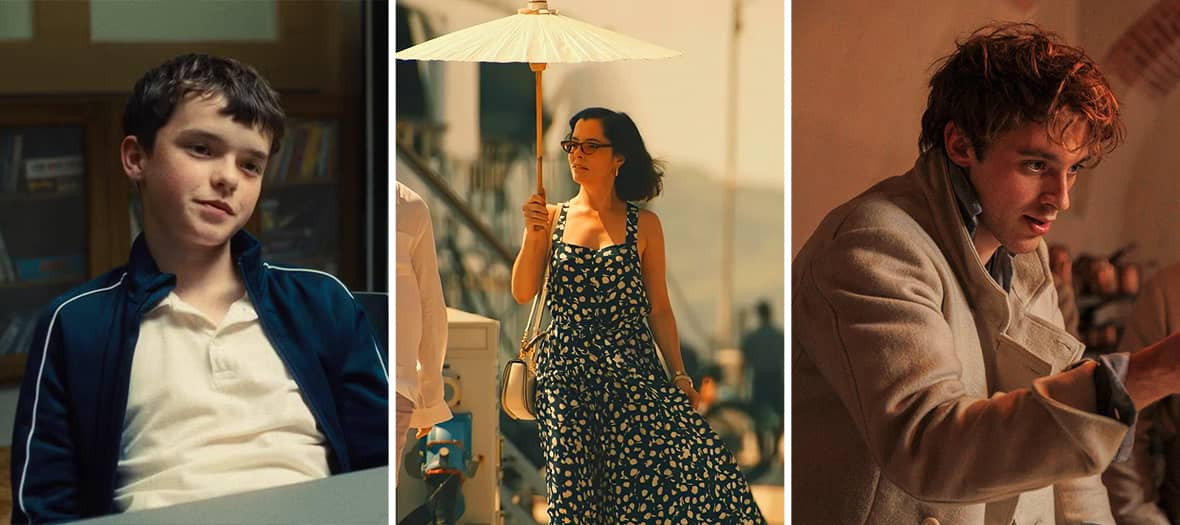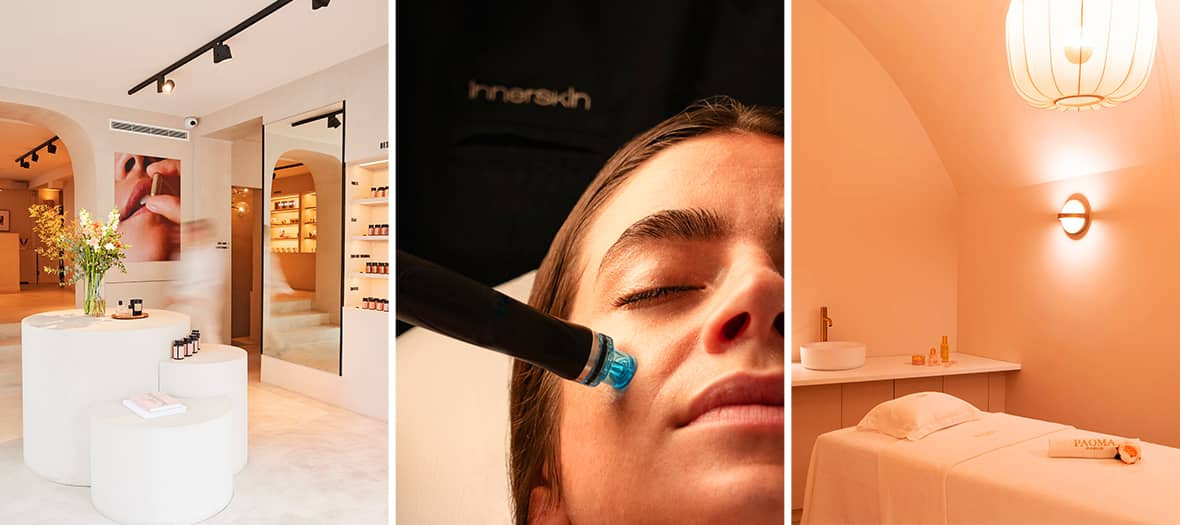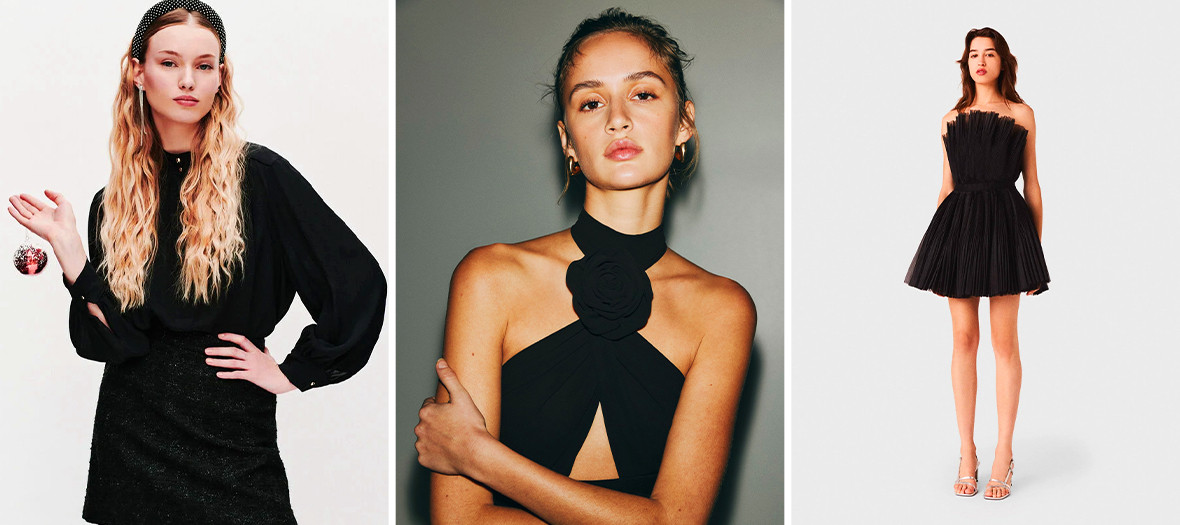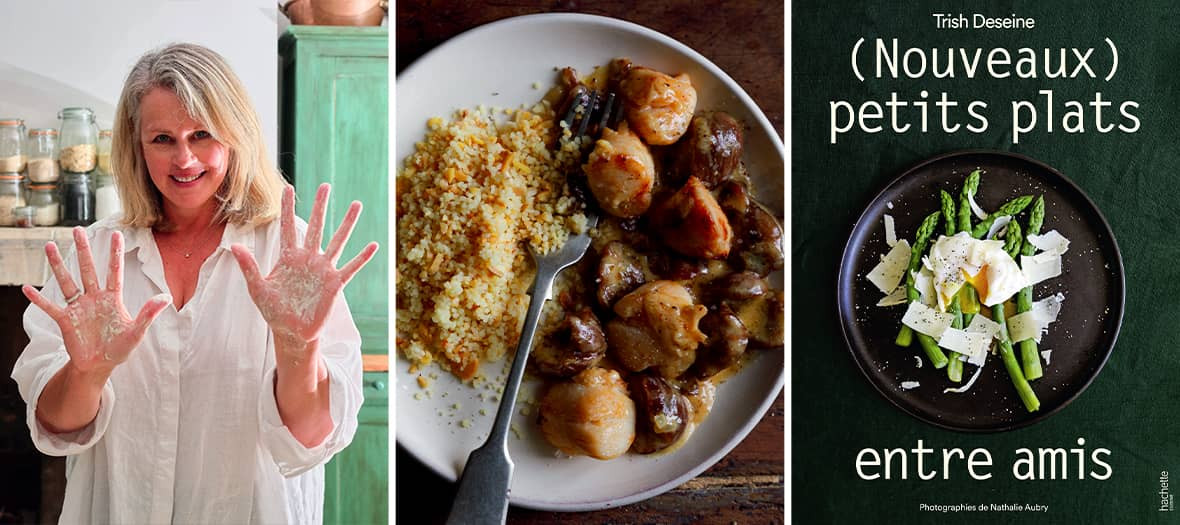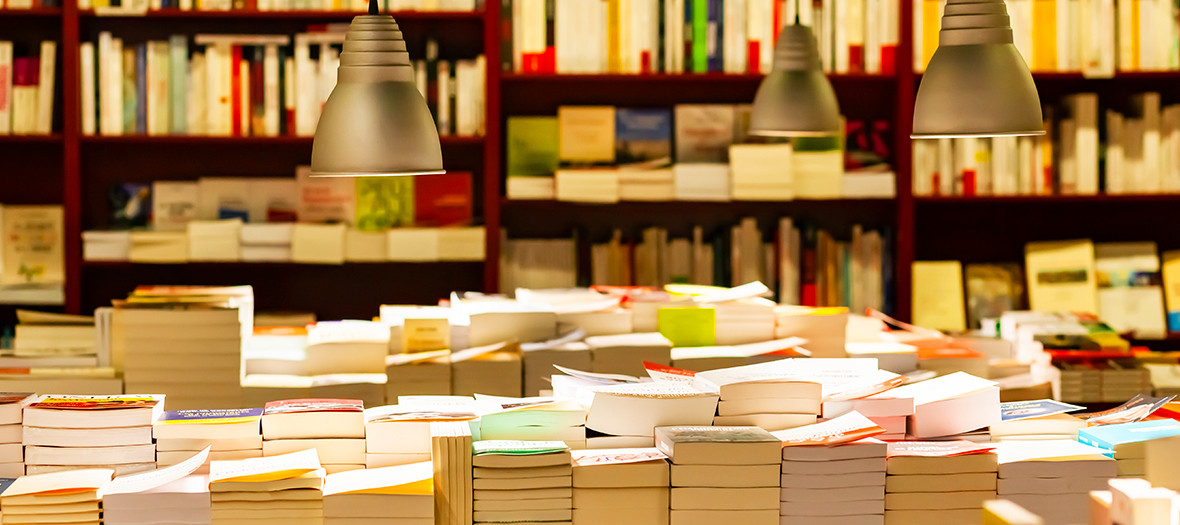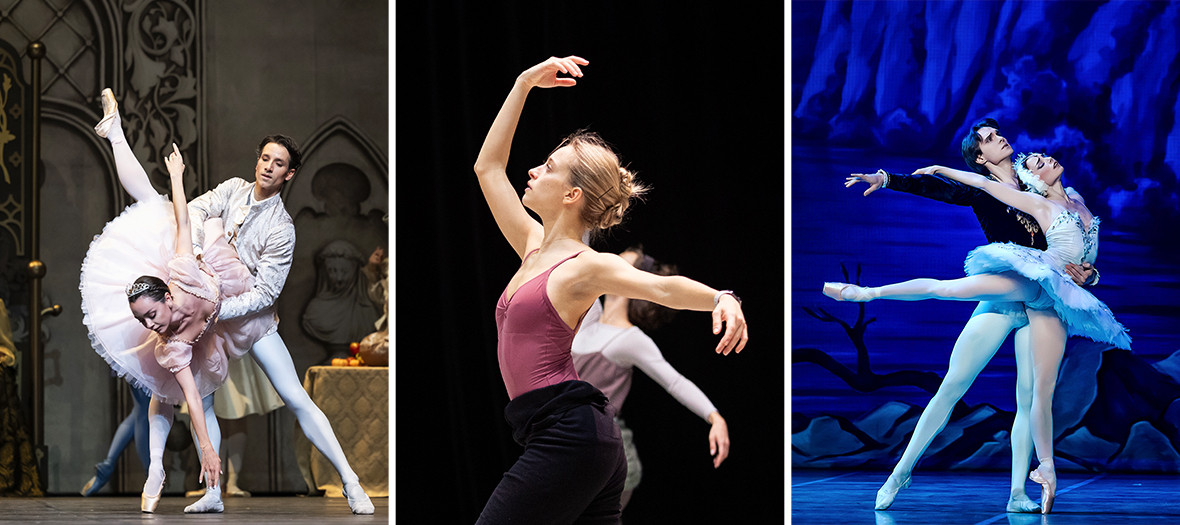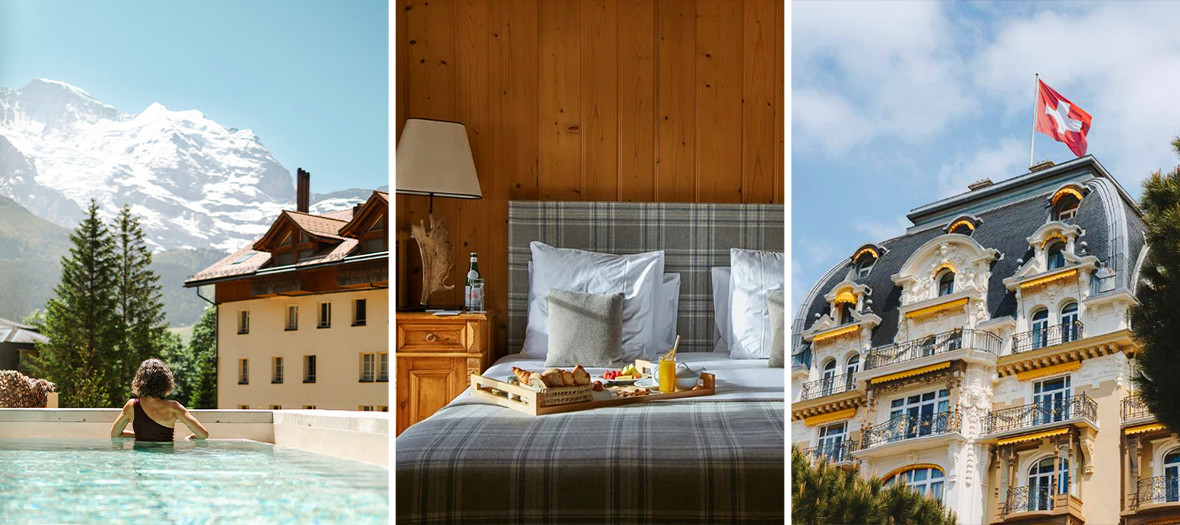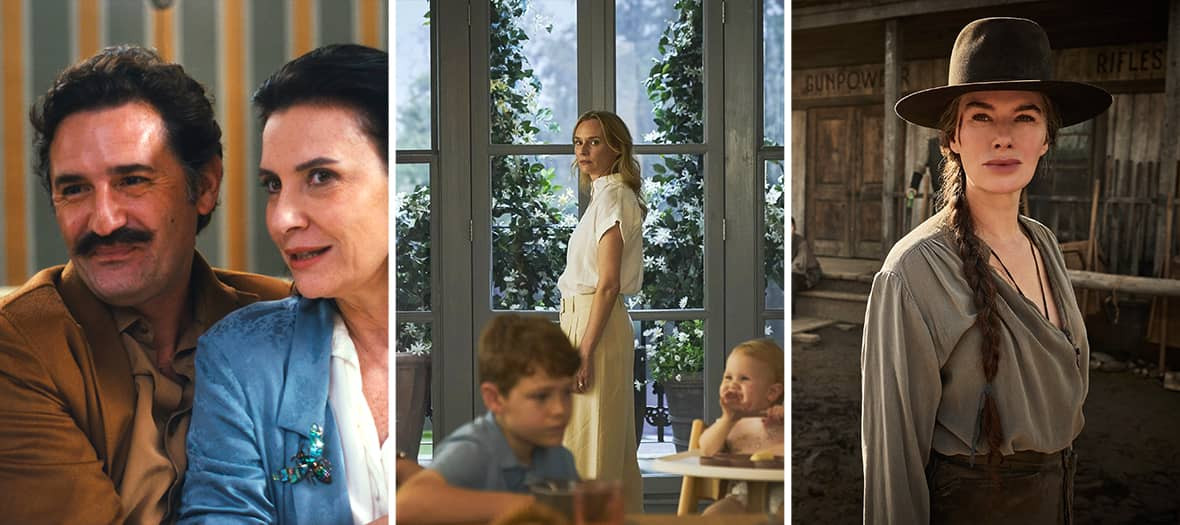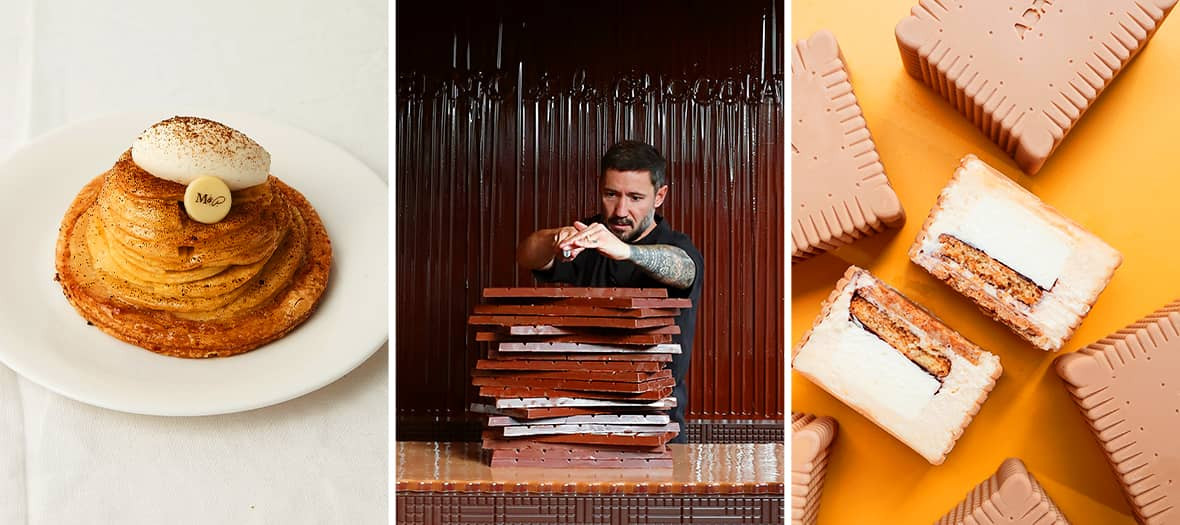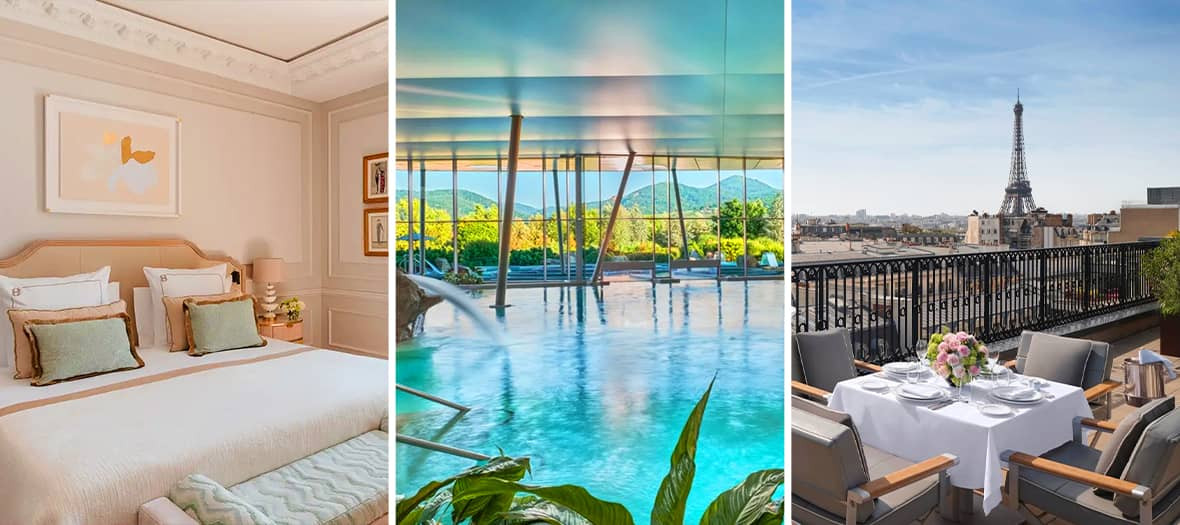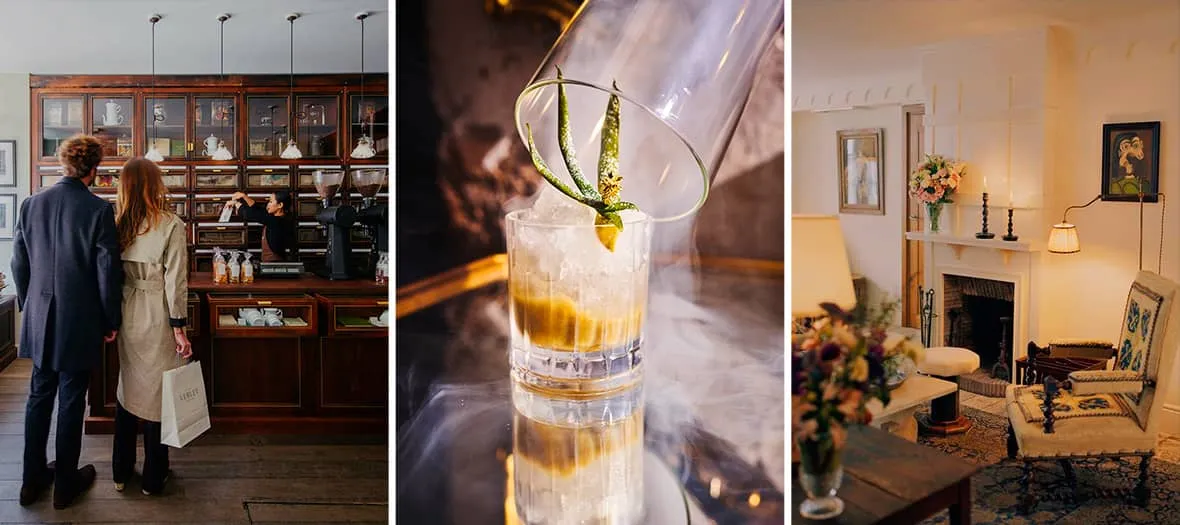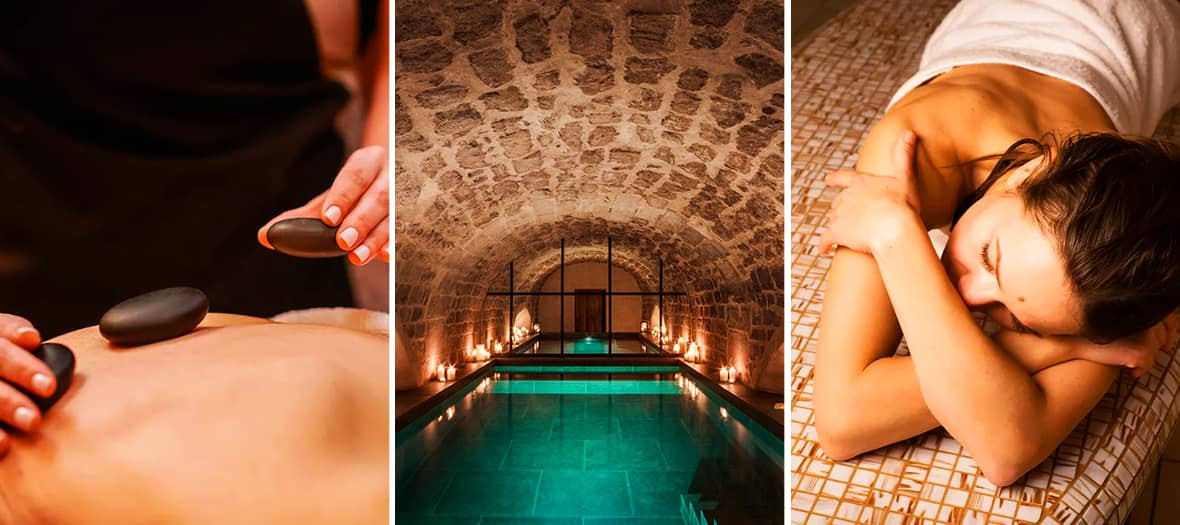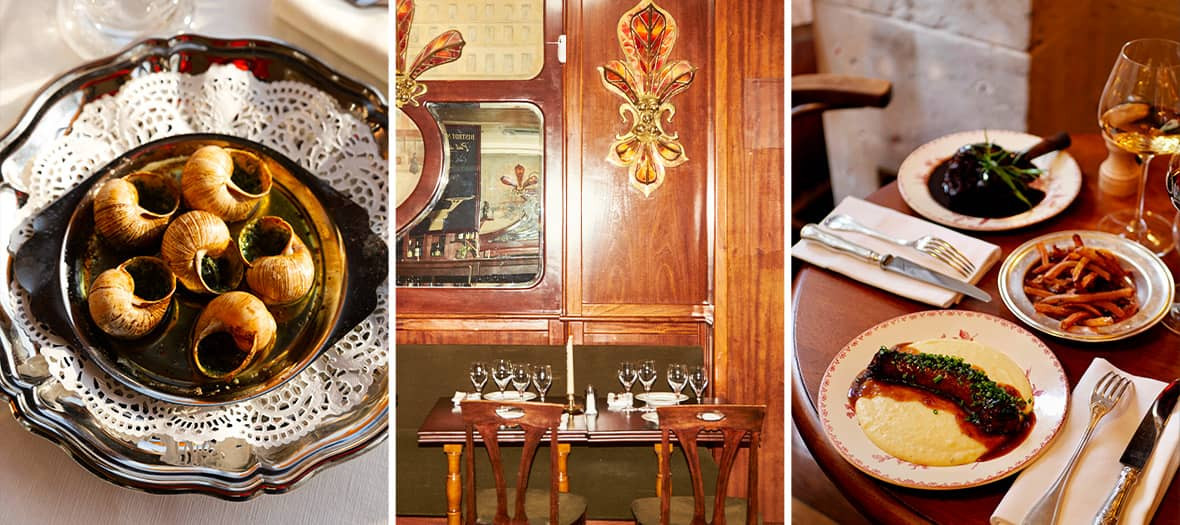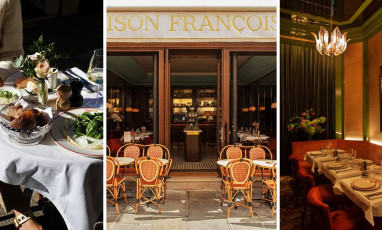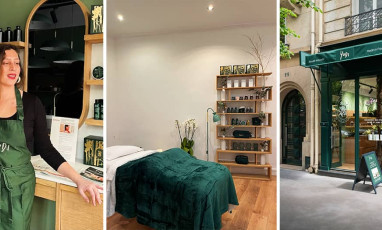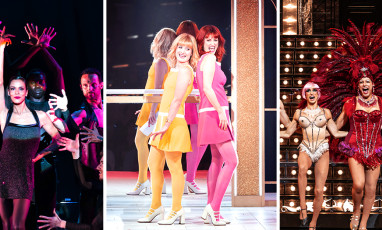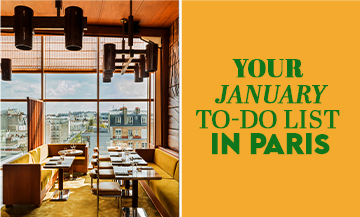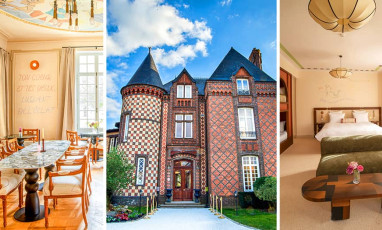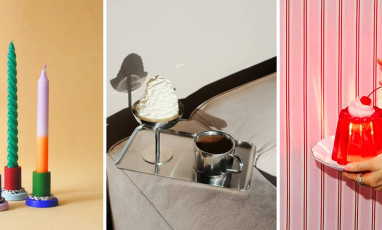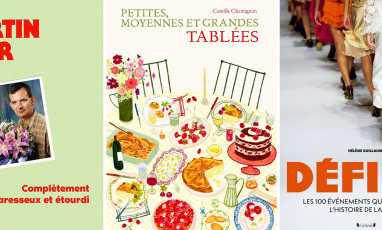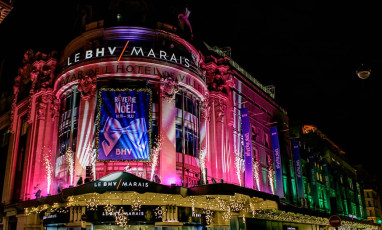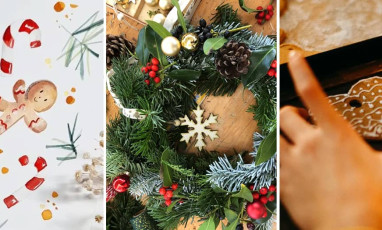© Collection particulière - Varsovie National Museum/Photo Krzysztof Wilczynski - Pierre Antoine
He painted the faces of others without anyone remembering his own. Jean-Baptiste Greuze, a bold painter, celebrated in his time yet little-known today, is honored at the Petit Palais on the occasion of the 300th anniversary of his birth. From September 16 to January 25, the walls of this legendary museum will showcase the most beautiful portraits and genre scenes by this 18th-century artist in a unique exhibition : L’enfance en Lumière. We went for a visit.
A misunderstood artist… in France
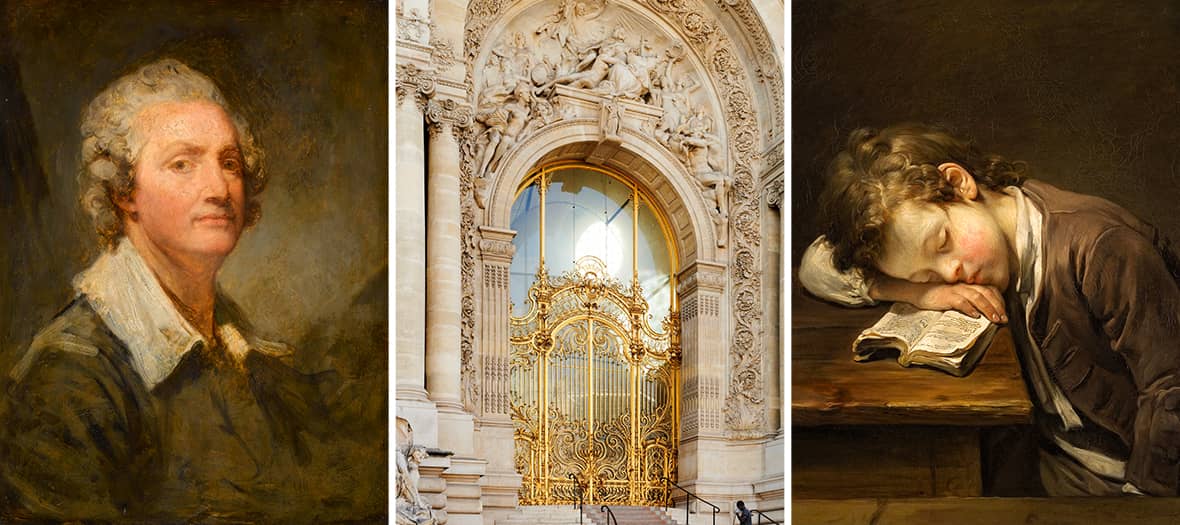
© GrandPalaisRmn (musée du Louvre)/Photo Thierry Le Mage - Petit Palais/Parie Musée/Pierre Antoine - Musée Fabre de Montpellier Méditérranée Métropole/Photo Frédéric Jaulmes
“I lost everything, except talent and courage,” declared Greuze before dying ruined and alone #ambiance. First acclaimed and sought after by collectors, then later dismissed, the often-misunderstood artist is finally back in the spotlight centuries later with this major monographic exhibition. Here, one can admire his mastery of both painting and drawing. And the Petit Palais does not do things halfway to honor this forgotten painter. On its walls : never-before-seen works, some on loan from major institutions like the MoMA in New York or the Rijksmuseum in Amsterdam, others exceptionally lent from the private collections of the grandest English estates. While the French long turned their backs on him, overseas Greuze has always remained a true star, with his works even studied at universities!
Painter of raw emotions
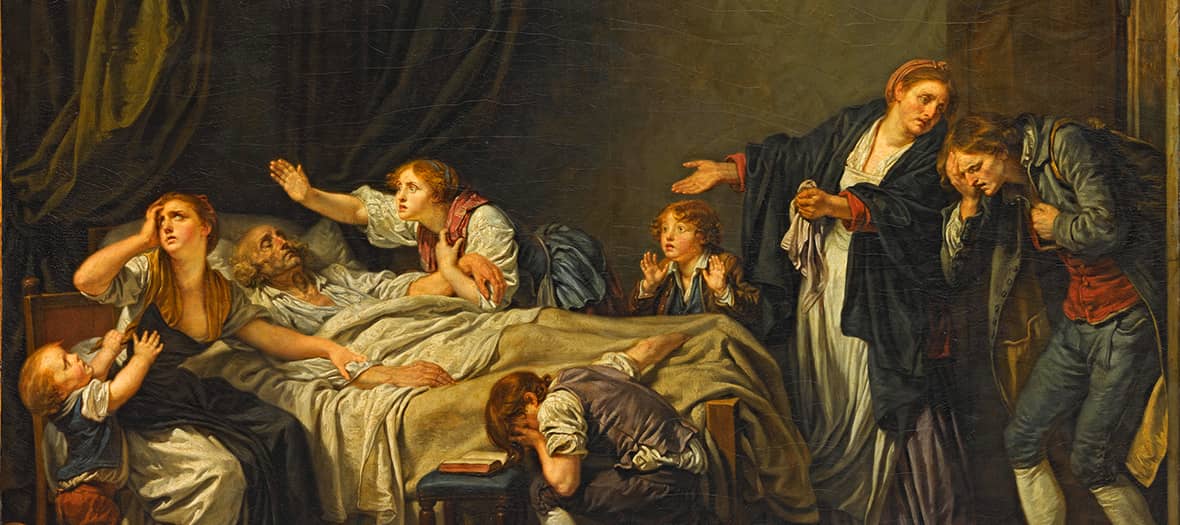
© GrandPalaisRmn (musée du Louvre)/Photo Michel Urtado
From the very first room, the tone is set: the surprised eyes of his daughter Louise-Gabrielle, dressed in a nightgown and cap, playing with her dog, meet ours as we enter, signaling a spectacular dive into the intimacy of family scenes. One almost feels like an intruder…
His art, a true reflection of the concerns of his time, transports us to an era when breastfeeding and the role of wet nurses were hotly debated. Every stroke of his pencil questions, enlightens, and surprises. But his favorite playground remains his magnificent portraits of children : with virtuosity, his brush captures the gazes of these young beings, revealing their emotions in all their intensity, from playfulness to sulkiness, love to daydreams.
Our favorite: the oil on canvas Le Petit Paresseux (1755), showing a child nodding off over an open book. Step closer and admire the texture of the handwriting on the page—you’ll almost want to reach out and touch it.
More than a meticulous painter, Greuze, through his art, is above all a committed artist, unafraid to defy norms in order to portray reality as faithfully as possible. Pro tip: don’t miss this exhibition before these masterpieces scatter once again across the globe!
Jean-Baptiste Greuze - L’enfance en Lumière. From September 16 to January 25. Tuesday to Sunday from 10am to 6pm – last admission 5pm. Late openings until 8pm on Fridays and Saturdays – last admission 7pm. Full price €14, reduced €12. Free for under-18s.
Also discover : Soulages, in a new light and The Best Shows to Book Before They Sell Out




